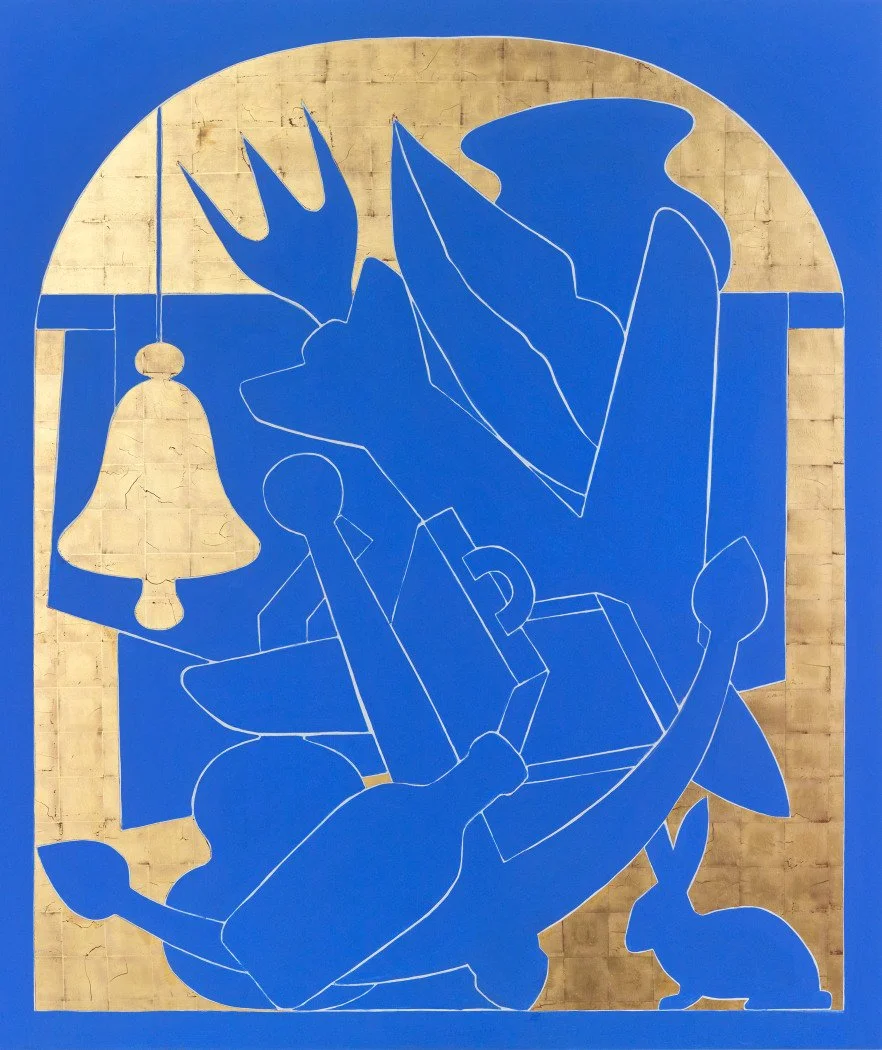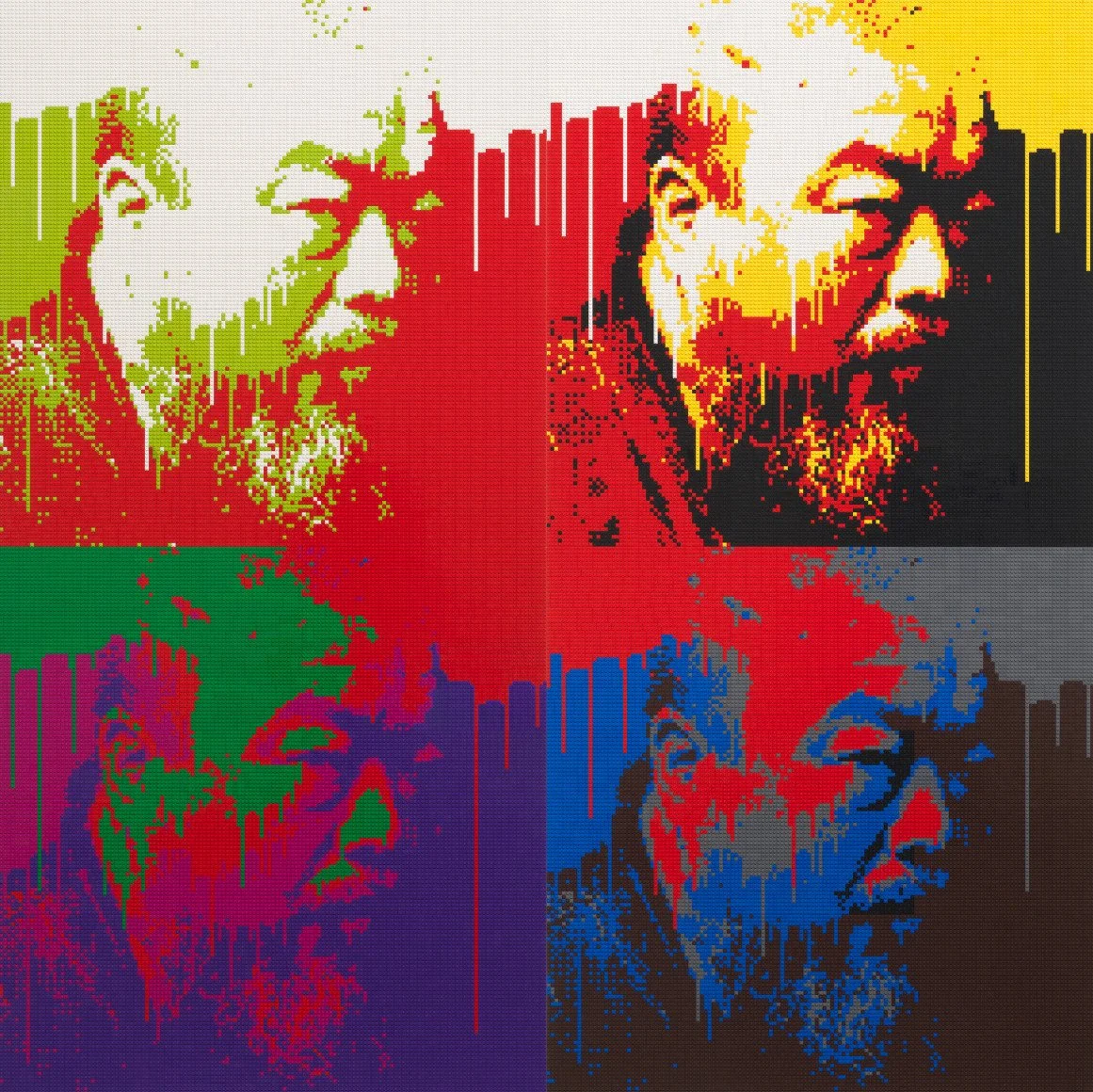Francesco Clemente
“Angelus Novus”
New York, 43 Clarkson Street
With these twelve large-scale canvases, Clemente mediates the realms of the astral and the earthly and charts their evolution as the wheel of history turns to shape human experience. Returning to a subject he has probed over the years, Clemente here draws inspiration from Paul Klee’s 1920 monoprint Angelus Novus (New Angel), an icon of the Swiss-German artist’s oeuvre that was owned by his friend, the philosopher Walter Benjamin. Of Klee’s angel, Benjamin wrote:
"A Klee painting named Angelus Novus shows an angel looking as though he is about to move away from something he is fixedly contemplating. His eyes are staring, his mouth is open, his wings are spread. This is how one pictures the angel of history. His face is turned toward the past. Where we perceive a chain of events, he sees one single catastrophe which keeps piling wreckage upon wreckage and hurls it in front of his feet. The angel would like to stay, awaken the dead, and make whole what has been smashed. But a storm is blowing from Paradise; it has got caught in his wings with such violence that the angel can no longer close them. The storm irresistibly propels him into the future to which his back is turned, while the pile of debris before him grows skyward. This storm is what we call progress."
Installation view: Francesco Clemente: Angelus Novus, Vito Schnabel Gallery, New York, 2023; Artworks © Francesco Clemente; Photo by Argenis Apolinario; Courtesy the artist and Vito Schnabel Gallery
Over the past five decades, Francesco Clemente has unfurled a wholly unique visual poetry to untangle the chains of history and propose a profound mingling of the secular, religious, and spiritual. With his new Angelus Novus series at Vito Schnabel Gallery, the artist depicts in each painting a pile of rubble comprised of familiar objects and symbols from contemporary culture. Through their combination of bold repetition and subtle variation, these canvases together achieve an atmosphere of levity and joy– a sort of sublime defiance of the dark times in which we live, a retort to their unrelenting illusions of ‘progress’.







